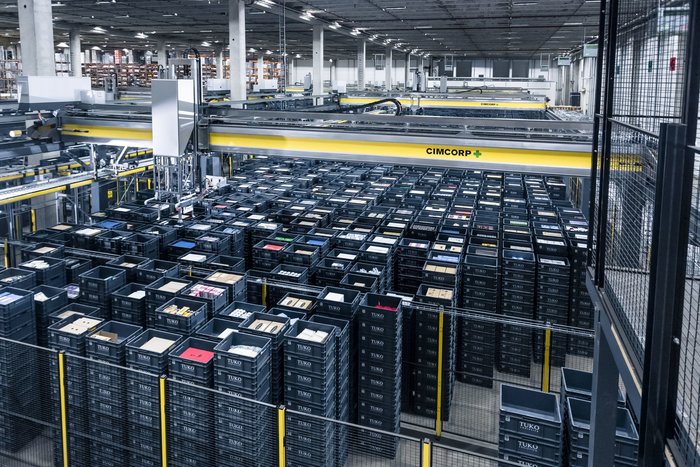As the rise of e-commerce continues, Kai Tuomisaari, vice president sales for Cimcorp, explores how postal operators can use automation to exploit these e-commerce opportunities.
Why should postal operators consider diversifying into logistics?
There is no doubt that the postal sector has undergone transformational change over the past 25 years. Digital communication has slashed letter volumes, while the rise of e-commerce has boosted parcel operations. With global Internet connectivity continuing to rise and consumer expectations increasingly being driven by millennials (born around 1980-95) and Generation Z (1996-2010), these trends will continue.
Sales forecasts by research firm eMarketer show that global e-tail sales are set to increase to over US$4tn by 2020, accounting for almost 15% of total retail spending. The outlook is equally healthy for B2B e-commerce, with Forbes predicting sales worth US$6.7tn by the same year. Given that these online sales also generate the need for reverse logistics – according to Wall Street Journal, about one third of all products are ultimately returned by consumers, rising to around 40% in the apparel industry – there are undoubtedly rich pickings for postal operators that have the vision and drive to exploit these e-com opportunities.
According to research by the global consultancy firm Accenture, logistics is the most successful area of diversification for postal operators, with 80% of those that Accenture defines as ‘high performers’ having logistics as their primary area of diversification.
Why should posts consider automating their operations if they compete in the logistics sector?
For the same reasons that they should exploit automation for their traditional mail-sorting activities: it reduces costs and improves customer service by enhancing speed, efficiency and accuracy. Order picking is the most labor-intensive activity in most distribution operations, so if postal operators want to compete with the major players in the parcel courier market for a share of outsourced logistics services, they need to minimize their labor costs.
In addition, many markets nowadays are finding that suitable labor is becoming scarce. Evidence shows that the postal workforce is aging, creating a time bomb of skill shortage, which adds to the appeal of automation. What is more, the profile of e-commerce fulfillment is different – it requires single-piece picking instead of the traditional batch picking needed to replenish retail stores. The more labor-intensive nature of this type of fulfillment makes automation an even more attractive option.
What makes gantry robots the ideal solution?
Again, many of the reasons behind postal operators using robotic technology in their traditional letter sorting apply equally to logistics outsourcing operations. Several posts in the Nordic region have successfully used Cimcorp’s gantry robot solutions to secure a number benefits in mail-handling operations, including higher speeds, greater accuracy and optimum utilization of space.
In e-com fulfillment operations, gantry robots retrieve totes from storage and deliver them to order-picking stations in line with customer orders. A typical e-com solution from Cimcorp consists of tote-filling stations for decanting of pallet loads of incoming goods; a conveyor system to transport totes between storage, picking and packing; a storage area for full and empty totes, operated by gantry robots; picking stations for slow- and medium-movers; a pick-from-pallet area for fast-movers; packing stations; value-added services (VAS) stations for tote management, inventory consolidation, checking and quality control; and return management stations.
Have there been any new developments in gantry robot technology?
Yes, Cimcorp developed its 3D Shuttle solution, which has enhanced the performance of gantry robots even further through the use of an integrated shuttle. With totes of product stacked directly on the floor – without the need for racking – the robot can pick any single tote from anywhere in the three-dimensional storage envelope. Then the shuttle – which runs along the gantry, independently of the robot – takes the picked tote to a conveyor belt that runs alongside the storage area, while the robot returns immediately to its storing and picking operations. This simple separation of the tasks of picking and transport means that efficiency is dramatically increased.
How does the performance of an automated solution compare with that of manual operations?
Cimcorp 3D Shuttle results in order picking being six times more efficient than in a manual solution, with the system becoming unrivaled as the number of SKUs and size of storage increase. With 100% accuracy in tote handling, the system guarantees order accuracy, thereby enhancing customer satisfaction and helping to avoid costly returns. The solution is also versatile, with the ability to adapt easily to inventory and volume increases, seasonal fluctuations and order-structure changes.
March 20, 2018


